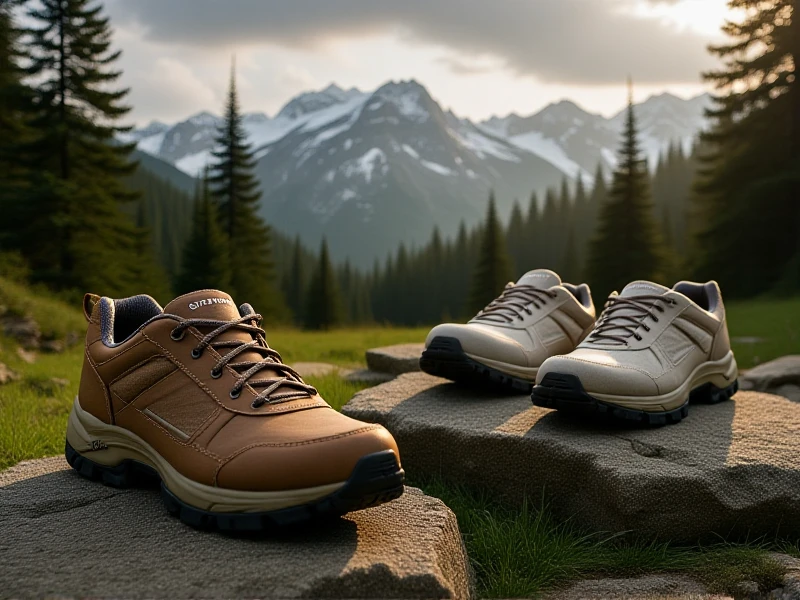Conquer Any Trail: Your Essential Guide to Choosing Trekking Shoes

Finding the right trekking shoes transforms unpredictable trails into exhilarating adventures. Whether tackling gentle forest paths, scrambling over rocky ridges, or navigating muddy slopes, your feet are your foundation. Choosing footwear fit for the journey makes all the difference between comfort and agony off the beaten path.
Unlike basic sneakers, dedicated trekking shoes are engineered for rugged terrain. Their defining characteristics are support, grip, and protection. Think of them as your essential armor for the journey ahead. Here's why investing in quality matters:
- Unbeatable Stability: Trekking shoes feature stiffened midsoles and supportive heel counters that minimize ankle roll, especially under a loaded pack or on uneven ground. This stability prevents fatigue and reduces injury risk over long distances.
- Superior Traction: Aggressive outsole lugs, often made by specialists like Vibram®, bite into mud, loose gravel, wet rocks, and slippery roots. This grip provides security with every step, boosting confidence on technical ascents and descents.
- Essential Protection: Rugged toe bumpers shield your feet from frontal impacts with rocks and roots. Higher ankle collars (in boot styles) or supportive uppers guard against scrapes and brush, while durable overlays resist abrasion.
- Weather Ready: Waterproof membranes (like GORE-TEX) keep feet dry during stream crossings or in persistent rain, while breathable uppers prevent overheating during strenuous climbs. Quick-drying materials are essential when water intrusion happens.
Choosing Your Perfect Mountain Partner:
- Understand the Terrain & Load: Are you doing day hikes on well-maintained trails or multi-day backpacking trips with a heavy load? Lighter, lower-cut shoes excel for day hikes and moderate trails. Heavier loads or technical routes demand more supportive mid-to-high-cut hiking boots.
- The Sole Matters: Deep, multi-directional lugs offer the best grip. Rubber compound stiffness affects durability (harder) versus grip on wet rock (softer). Look for dedicated hiking outsoles – they make a world of difference.
- Fit is Paramount: Your feet swell during long treks. Fit is crucial – always try shoes on later in the day with hiking socks. Allow a thumb's width of space beyond your longest toe. Heel slip is unacceptable; your heel should lock down securely. Ensure ample width for your forefoot, especially on steep descents.
- Prioritize Comfort Technology: Cushioned midsoles absorb shock. EVA provides light cushioning; polyurethane offers firmer, long-lasting support. Anatomically shaped footbeds and supportive arches prevent common hiking problems like plantar fasciitis.
- Weight & Breathability: Lighter shoes reduce leg fatigue. Mesh panels maximize airflow. Remember, waterproofing adds minor weight but is invaluable for wet adventures.
Investing in Your Journey:
Top trekking shoes brands (like Salomon, Merrell, Keen, Lowa, La Sportiva) rigorously test their footwear on punishing trails. While specs matter, never compromise on fit. Visit a reputable outdoor retailer for professional advice. Your ideal pair will feel supportive yet agile, protective without being clunky. Proper fitting trekking footwear unlocks the world, empowering you to explore further and reach new summits with every confident step. Lace up, get out there, and discover where your feet will take you next.